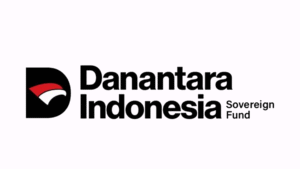Chongjin, North Korea — North Korea’s naval ambitions encountered a critical setback this week as a high-profile warship launch ended in failure, drawing sharp condemnation from the country’s leader Kim Jong Un. The incident, which involved the tipping and structural damage of a newly unveiled 5,000-ton destroyer, has exposed deeper systemic issues within Pyongyang’s defense technology infrastructure.
According to state media, the accident occurred at a shipyard in the eastern port city of Chongjin. While no injuries were reported, the mishap was serious enough for Kim to label it a “criminal act” that had “severely damaged the dignity and pride” of the nation. He demanded that the warship be restored in time for the ruling party’s plenary meeting in June, and called for accountability from the designers and engineers involved.
The cause of the failure, described as a crushing of the ship’s bottom hull, was attributed to “unscientific empiricism” and “irresponsibility,” highlighting what analysts view as ongoing deficiencies in North Korea’s engineering standards and quality control mechanisms.
This is not the first time Pyongyang has publicly admitted to technological flaws. In 2024, a failed satellite launch was similarly described as a “gravest failure,” suggesting a rare willingness to expose internal errors under certain political contexts.
The warship, designed to carry over 70 missiles, was intended as a centerpiece of North Korea’s naval modernization program. Kim had previously described it as a breakthrough in military capability, with plans for deployment in 2026. The failure may now delay that timeline and raise questions about the reliability of other strategic assets under development.
From a broader perspective, the incident casts a shadow over North Korea’s push for self-reliance in defense manufacturing. Despite significant investments and state-driven propaganda touting advanced capabilities, the technical realities reveal persistent limitations.
For the international community and regional security analysts, the failed launch also serves as a reminder of the risks posed by opaque and high-stakes military programs operated under authoritarian regimes. The lack of external oversight, combined with internal political pressures, often leads to systemic inefficiencies and elevated risk of failure.
Moving forward, the focus will be on how Pyongyang addresses these internal lapses—whether through genuine industrial reform or political scapegoating—as it prepares for a critical political session in June where leadership decisions and defense priorities are likely to be reshaped.









